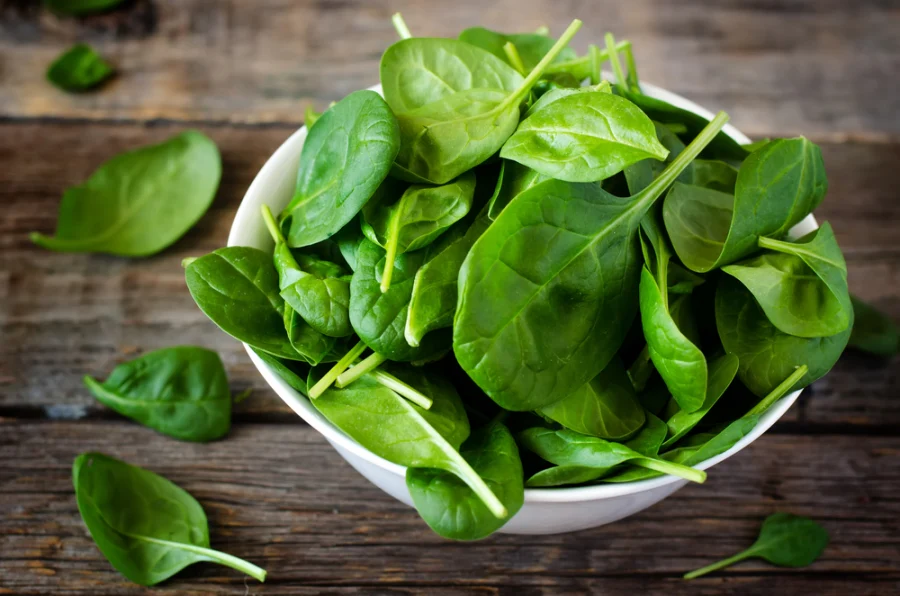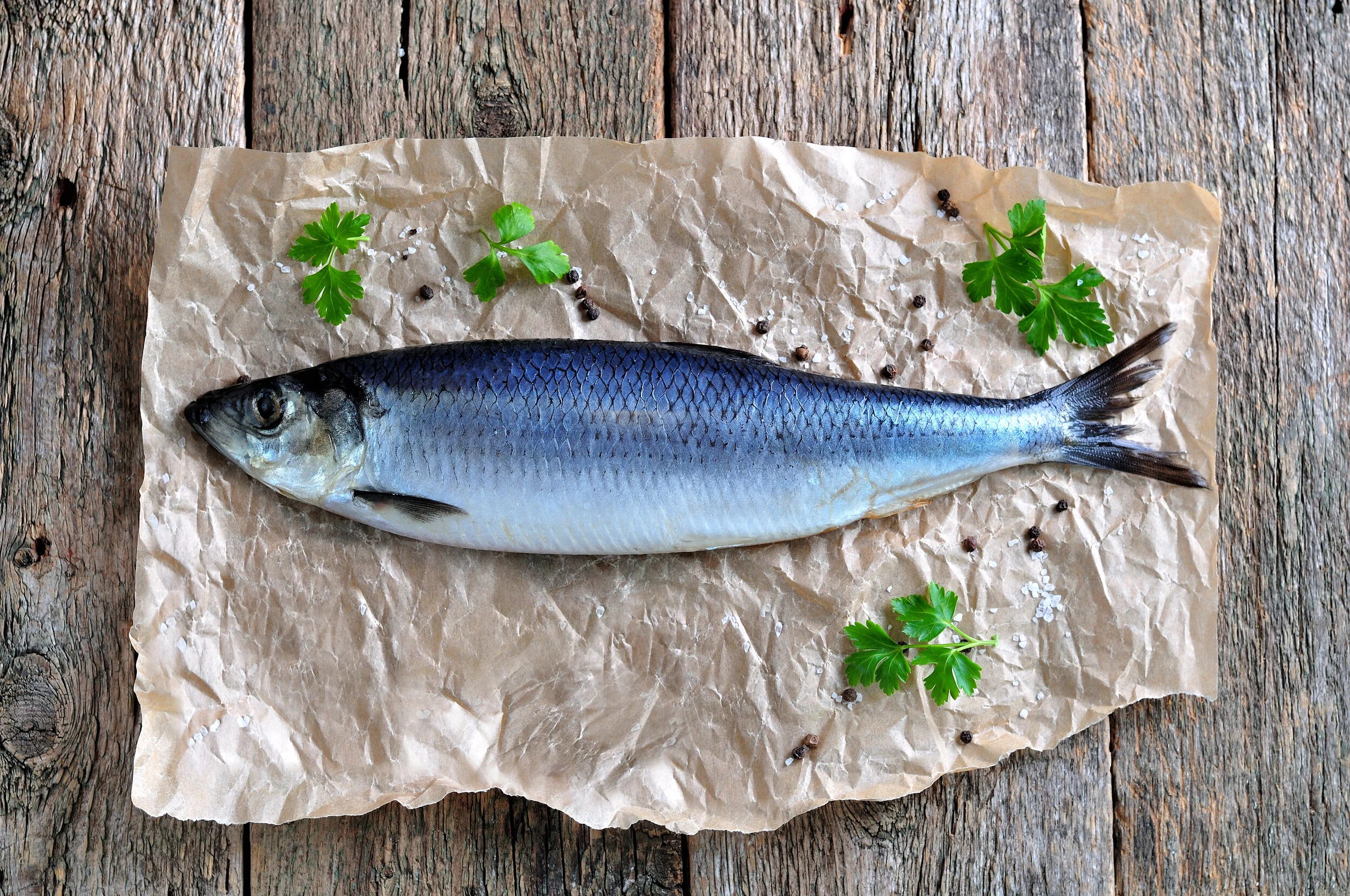
Raw vs. Cooked: Which Vegetable Changes the Most
Spinach is one of the most nutritionally dynamic vegetables, transforming dramatically when exposed to heat. In its raw form, spinach is crisp, low in calories, and high in water, providing vitamin C that supports immune health and collagen synthesis. Yet raw spinach also contains oxalates, natural compounds that bind to minerals like iron and calcium, preventing them from being fully absorbed. Cooking alters this balance. By softening cell walls and breaking down oxalates, heat releases nutrients that the body can use more efficiently.
This makes spinach an example of how preparation can completely change nutrient accessibility. The goal is not to choose one form over the other but to understand how each benefits the body in different ways.
Why spinach changes so much with heat
When exposed to heat, spinach loses much of its water volume, which increases the concentration of minerals and antioxidants per bite. A large bowl of raw spinach cooks down to just a few spoonfuls, but that reduction in volume does not mean a loss of value. Cooking decreases some heat-sensitive vitamins, such as vitamin C and folate, yet it significantly improves the bioavailability of iron, calcium, and vitamin A (Böhm 2012).
Raw spinach retains enzymes and antioxidants that are partially degraded by heat, while cooked spinach offers easier digestion and better mineral absorption. This nutritional tradeoff is common among leafy greens, where structural breakdown from heat improves nutrient release but reduces water-soluble vitamins (Jaworska et al. 2020).
The short guide
If you want immune support
Raw spinach provides more vitamin C and folate, which contribute to immune defense and energy metabolism. Add it fresh to salads or smoothies to preserve these delicate compounds.
If you want better mineral absorption
Cook spinach lightly by steaming or sautéing. Heat reduces oxalates, which block calcium and iron absorption, and releases beta-carotene that converts to vitamin A
If you are managing digestion
Cooked spinach is gentler on the gut. The softened fibers and reduced oxalate levels make it easier to digest while still offering antioxidants and minerals.
If you want the best of both
Pair raw spinach with vitamin C–rich foods like lemon or orange. The acid helps offset oxalates and increases iron absorption (Teucher et al. 2004).
The science behind nutrient transformation
Oxalate breakdown: Heat disrupts calcium oxalate crystals that inhibit mineral uptake, improving calcium and iron bioavailability.
Vitamin shifts: Vitamin C and folate are sensitive to heat and decline by 20 to 50 percent during cooking. However, vitamin A precursors, such as beta-carotene, become more accessible to the digestive system.
Protein and enzyme denaturation: Moderate cooking improves digestibility by unfolding plant proteins and deactivating anti-nutritional factors such as trypsin inhibitors (Korus et al. 2002).
Antioxidant activation: Cooking increases total antioxidant activity in spinach through the release of bound phenolic compounds that were trapped in cell walls.
Practical ways to prepare spinach for optimal nutrition
- Steam spinach for two to three minutes to reduce oxalates while preserving color and texture.
- Add raw spinach to smoothies or salads for vitamin C and folate.
- Avoid prolonged boiling, which can leach minerals and reduce antioxidant levels.
- Overcooking spinach destroys delicate nutrients and creates a mushy texture that reduces palatability.
- Eating large amounts of raw spinach daily can contribute to mineral imbalance due to oxalate content.
- Relying on only one form, raw or cooked, limits exposure to the full nutrient profile. Variety provides balance.
When to seek dietary guidance
If you have kidney stones or need to manage oxalate intake, consult a clinician or dietitian. Cooking can make spinach safer for individuals with high oxalate sensitivity, but personalized advice ensures that other nutrients remain balanced.
The takeaway
Spinach changes more than almost any other vegetable when cooked. Heat lowers vitamin C and folate but improves iron, calcium, and vitamin A availability. Raw spinach energizes the immune system, while cooked spinach enhances mineral absorption and digestion. The healthiest approach combines both forms in your diet for complementary benefits that support immunity, recovery, and long-term vitality.
References
Böhm V 2012 Lycopene and other carotenoids in spinach and their bioavailability after cooking. European Journal of Nutrition 51(1):1–10. https://doi.org/10.1007/s00394-011-0261-8
Ismail A, Marjan ZM and Foong CW 2004 Total antioxidant activity and phenolic content in selected vegetables. Food Chemistry 87(4):581–586. https://doi.org/10.1016/j.foodchem.2004.01.010
Jaworska G, Bernas E, Cebulak T and Żebrowska-Krasuska M 2020 Effect of various heat treatments on the content of vitamins and antioxidants in leafy greens. Food Science and Biotechnology 29(2):301–309. https://doi.org/10.1007/s10068-019-00699-2
Korus J, Lisiewska Z and Kmiecik W 2002 Effect of processing and storage on the content of vitamins and minerals in spinach. Food Chemistry 79(2):229–234. https://doi.org/10.1016/S0308-8146(02)00133-7
Teucher B, Olivares M and Cori H 2004 Enhancers of iron absorption: ascorbic acid and other organic acids. International Journal for Vitamin and Nutrition Research 74(6):403–419. https://doi.org/10.1024/0300-9831.74.6.403



















